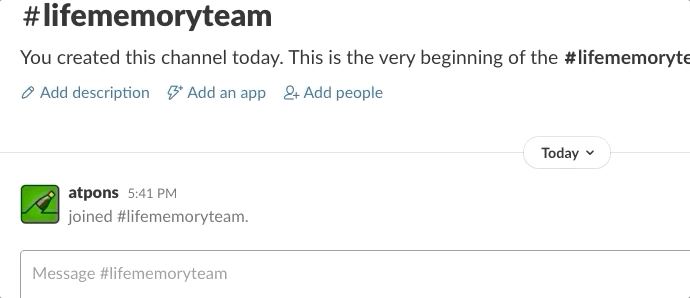

Please note down your GIPHY API key as you will be using it later

Each application you create will have its own API Key.

It calls the Giphy Random API and returns the result back to the user.įor example, invoking it from your Slack workspace using /funcy serverless will return a random GIF.

This, in turn, invokes our webhook deployed to Azure Functions – which is nothing but a bunch of Java code. As a user, you can invoke it from your Slack workspace using /funcy. In order to keep this blog concise, the details of the code have been covered in this blog post – Overviewįuncy is built as a Slash Command within Slack. If you are interested in learning Serverless development with Azure Functions, simply create a free Azure account and get started! I would highly recommend checking out the quickstart guides, tutorials and code samples in the documentation, make use of the guided learning path in case that’s your style or download the Serverless Computing Cookbook. The code is available on GitHub for you to grok. This blog post provides a step-by-step guide to getting the application deployed to Azure Functions and hooking it up with your Slack workspace. funcy tweaks it a bit by simply returning a (single) random image for a search keyword using the Giphy Random API. The (original) Giphy Slack app returns a bunch of GIFs for a search term and the user can pick one of them. In this tutorial, we will explore funcy – a Serverless webhook backend which is a trimmed down version of the awesome Giphy for Slack. FaaS (Functions-as-a-service) offerings make it relatively easy to provide an HTTP endpoint which hosts the Webhook logic which can be as simple as sending an email to something as entertaining as responding with funny GIFs! Webhook backends are a popular use case for Serverless functions.


 0 kommentar(er)
0 kommentar(er)
